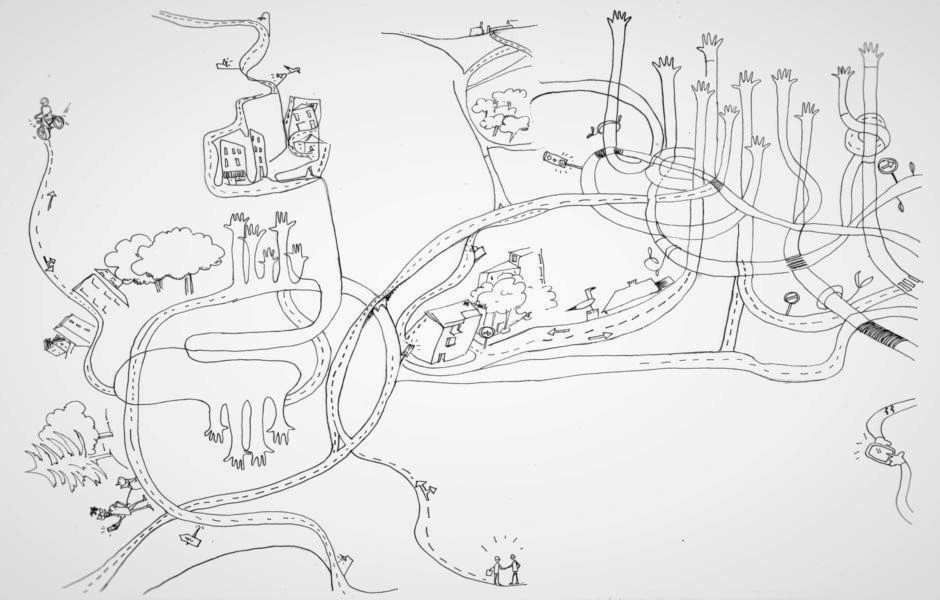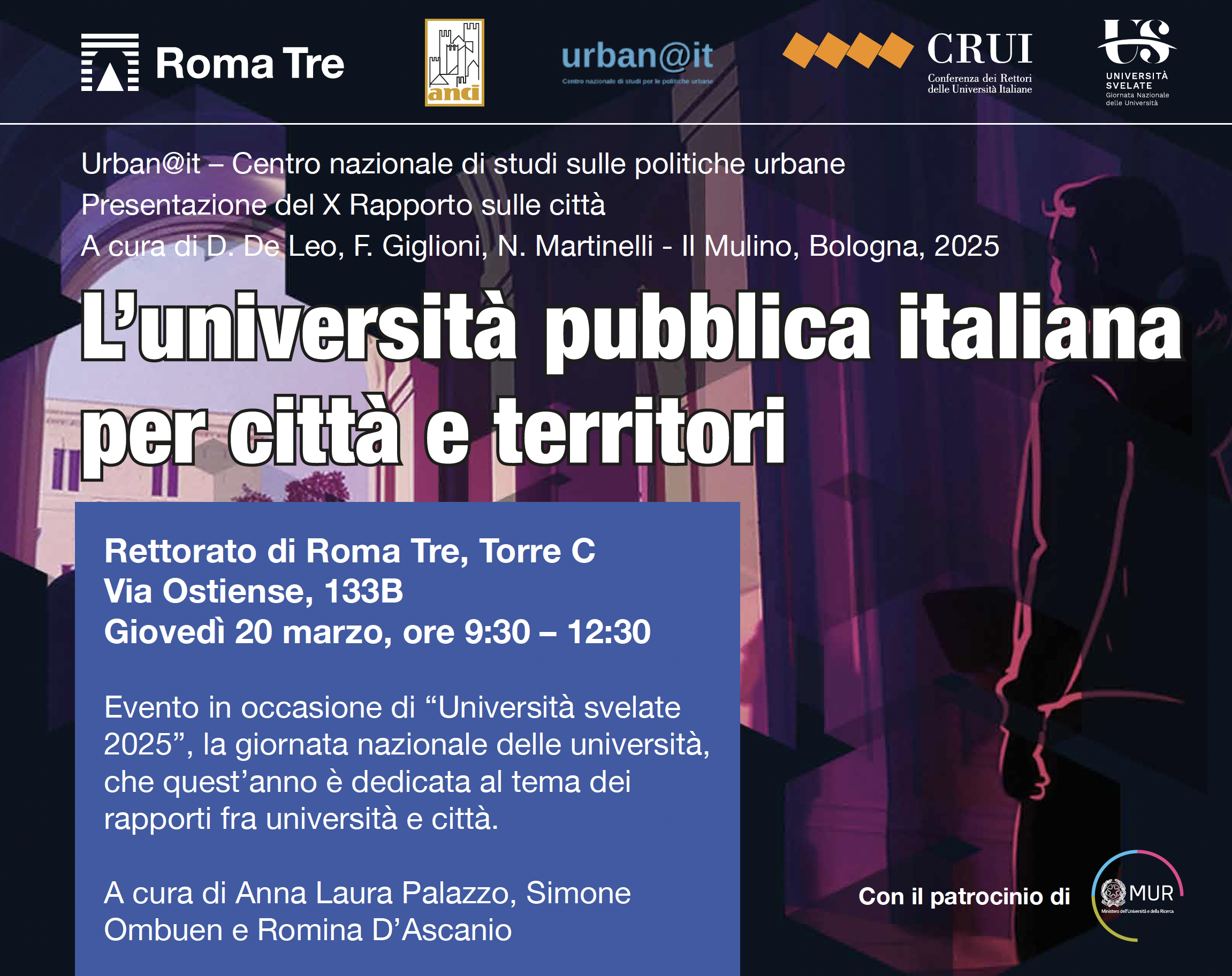Public Participation and Territory Development

Public Participation and Territory Development. Using Localism to face Globalization.
MSc Spatial Planning, Innovation and Development Policies.
The question of public participation is as much important as the phenomenon of globalization is leading to a growing standardization of products, economic, social and even cultural processes and even customs (we could call it a “global acculturation” or, as I usually refer to it, the “globalizing standardization”).
The only way to respond to these phenomena is, as a paradox, developing localism as a response to globalization, integrating it, in order to defend local traditions and culture, that is, the cultural and social identity of each population/ village. Phillip Cooke[1]argued that local mobilization can respond to the challenges created by the increasing globalization.
This dichotomy between Local vs. Global has been studied over the last decades by several authors related to social sciences and territory planning: besides Philip Cooke, also Robert Putnam, Patsy Healey, Doreen Massey… (Many more, but I focus my attention on these contributions).
The ideas that I consider most interesting are the ones related with the development of Social Capital and Institutional Capacity. Social Capital is an attribute that the communities have that allows them to function in a collectively sustainable way, with partnerships and mutual respect.
The concept of Social Capital became common among researchers in this area after being developed by Robert Putnam[2]. Putnam advocated the importance of civility and social relations in the development process. In order to illustrate his ideas he presented, as an example, the evolution of the Italian regions of Emilia-Romagna in the north and Calabria in the south, whose patterns of development were similar at the beginning of the 20th century. However, the region of Emilia-Romagna, where great social solidarity and public participation in politics have been identified, has become one of the most prosperous regions in Europe. On the other hand, the region of Calabria became the backward region of Italy and still presented feudal characteristics, being fragmented and isolated. Putnam concluded civic traditions and capacity for social organization have proved to be a powerful determinant of the socio-economic development disparities currently found between the two regions. According to this author, when we think about civic traditions and socioeconomic development based in the past experience to predict current economic development, we find that civics is actually a much better predictor of socioeconomic development than development itself.
This concept is directly related and dependent on society’s structures and organization, accepted behaviours and the availability of individuals to “belong” to it and to become involved in collective projects. Naturally these attributes of local communities are not homogenously distributed throughout the territory, quite the contrary, as Putnam has shown.
Thus, this “social capital” can be considered as a local, intangible resource, which can leverage other more tangible resources such as humans (through vocational training).
This theory implies that the planning exercise must consider the potential of this “new” resource, which is inexhaustible and, on the contrary, the more it is used and promoted, the more it grows.
This concept becomes even more interesting considering all the institutions present in a given community, using interaction with local populations, development and knowledge search. This is called Institutional Capacity.
Following the concept of Social Capital, which she considered was not sufficient for the ideas she proposed, Patsy Healey[3]developed the idea of Institutional Capacity and collaborative planning or planning through debate, in a way it could bring together communities and territory institutions improving the social capital and the institutional capacity.
The promotion of social capital is closely linked to the idea of collaborative planning or planning through debate among several stakeholders on the same problem and its implications and ways of overcoming it. This approach, as stipulated by Patsy Healey, enhances the capacity of institutions belonging to a community to intervene in society and local populations destinies, by promoting local actors mobilization and their social capital, the existing resources, whether they are physical, human or financial, and the knowledge that allows a combination of those two factors, in a triangle that will allow the development of institutional capacity even more.
The above concepts and the interactions between communities and the territories they belong to were differently developed by Doreen Massey[4]who presented a vision that went beyond the previous ones and instead of focusing on the relations between people and between them and the institutions, gave a growing relevance to the territory and to the way it influences and is influenced by the communities living in it. Doreen Massey developed the idea that the place is a mix of inter relations between different people and communities and between them and the place itself.
Massey sees space as a process that assumes the possibility of existence of multiplicity, always in construction, so it is open and unfinished. The author does not assume as essential the identity of social groups or places, in the conceptualization of space, giving particular importance to their relational construction. The relational space is a product of interrelations, which can only exist if there is multiplicity, so nothing can be given definitively (Massey, 2005, 1994). This idea of multiplicity is highlighted by defending the existence of several historical trajectories, as opposed to the idea of a universal history, according to which all differences exist in a common time line. Massey adopts a view that considers the circumstances, the conjuncture, the state of the art, considering place as a set of processes (natural and human), which is not definitive but according the conjuncture. Her idea of place does not consider it as a globalization victim, but as an integrating part of that same globalization. This way, it is necessary to verify in what context it exists, inserting it and looking for its position in the framework of the global power geometries. Thus, it is not possible to defend an idea against global, even in simple or sometimes minimalist manners, but rather we need to try to change the effects of the global including its mechanisms at the local level.
The presented approaches to territories and communities development show us how public participation is thus the main driver of these concepts (Social Capital, Institutional Capacity and Territorial Development in its multiplicity) and should therefore be fostered by all possible means, in order to increase the sense of belonging of the populations to their territories. In fact, all the people and the institutions in a community are in constant interaction with each other. It´s our responsibility to allow those interactions fulfil the potential of the community and its territory. That’s why public participation is the key.
Notes
[1]COOKE, Philip. 1989: “The Local Question – Revival or Survival”, in COOKE, Philip (ed.): Localities: The Changing Face of Britain.Boston/London: Unwin Hyman, pp.296-306;
[2]PUTNAM, Robert D. 1993, “The Prosperous Community: Social Capital and Public Life”, The American Prospect(Spring 1993), pp. 35-42;
[3]HEALEY, Patsy. 1998, “Building institutional capacity through collaborative approaches to urban planning”, Environment and Planning A, Vol. 30, no. 9, pp. 1531-1546; / HEALEY, Patsy. 1990, “Planning through Debate” (Paper given to: Planning Theory Conference: Prospects for the 1990s”, Oxford, April 1990)
[4]MASSEY, Doreen. 2005, For Space, SAGE Publications, London; / MASSEY, Doreen. 1994, “A Global Sense of Place”, in Doreen Massey Space, Place and Gender, Minneapolis: University of Minnesota Press.
Images
cover: Community People raising hands – Towards an idea of Public Participation – The interaction between people and communities is the key (Image © Joana Mesquita).
fig.1: Bar code people – The “globalizing standardization” phenomenon tends to treat people as mere numbers (Image © Joana Mesquita).
fig.2: People sharing space– The interaction of people, willing to intervene in the local community needs to be promoted by the authorities (Image developed by Nuno Bigotte Santos, from https://www.cm-mgrande.pt/pages/275and http://aulp.org/sites/default/files/Fotografias/images_6.jpg).
fig.3: People Network– The interaction between different stakeholders, creating a local network, will upgrade Social Capital and Institutional Capacity (Image developed by Nuno Bigotte Santos, from http://www.dricaguzzi.com.br/wp-content/uploads/2012/08/n_projeto_mundial_31137-332×205.jpg).










